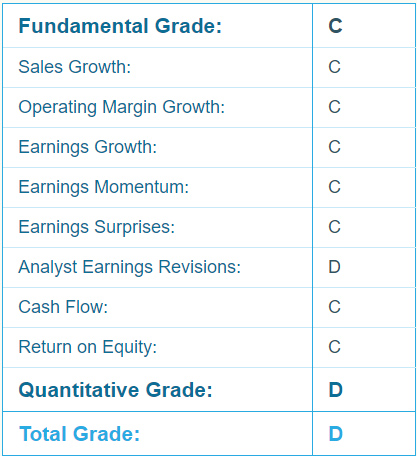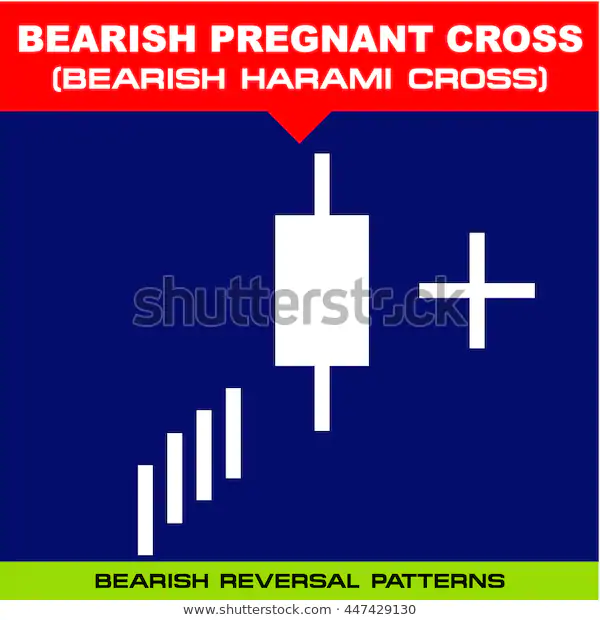Contents:

When the manufacturing line turns on equipment and ramps up product, it begins to consume energy. When its time to wrap up product and shut everything down, utilities are often no longer consumed. As a company strives to produce more output, it is likely this additional effort will require additional power or energy, resulting in increased variable utility costs. The athletic company also won’t incur some types labor if it doesn’t produce more output. Some positions may be salaried; whether output is 100,000 units or 0 units, certain employees will receive the same amount of compensation. For others that are tied to an hourly job, putting in direct labor hours results in a higher paycheck.

CINEMARK HOLDINGS, INC. Management’s Discussion and Analysis of Financial Condition and Results of Operations (form 10-K) – Marketscreener.com
CINEMARK HOLDINGS, INC. Management’s Discussion and Analysis of Financial Condition and Results of Operations (form 10-K).
Posted: Fri, 24 Feb 2023 11:53:05 GMT [source]
They are fixed because they are paid out regularly and are independent of revenue level or production volume. But, other forms of labor are dependent on these factors, according to Accounting Tools. An understanding of the fixed and variable expenses can be used to identify economies of scale. This cost advantage is established in the fact that as output increases, fixed costs are spread over a larger number of output items. Examples of variable costs include commissions, labor, raw materials, and packaging for production.
How Do You Determine Variable vs. Fixed Costs for a Product?
A growing business may incur more operating costs such as the wages of part-time staff hired for specific projects or a rise in the cost of utilities – such as electricity, gas or water. Taking an example of a factory manufacturing toys, the cost of the raw materials, which is plastic and screws is a variable cost. However, the rent for the factory is fixed per month and is a fixed cost for the company.
As mentioned by Sidi and Vlad, whether the labour cost is fixed or variable is highly dependent on the national regulation and the kind of employees you are considering . As a consequence, you can state your hypothesis on which could be the case, but you should then verify it with the interviewer. If the company manufacturers 20,000 units of output, the two options break even.
TaxCloud (Direct Tax Software)
This type of production behaviour shows operation of law of variable proportion. Employees that are paid based on billable hours is another variable cost. This happens when a company bills a client for the hours its employees work—they only get paid based on the hours the company can bill. A pet sitting business has to travel to visit clients and the price of gas for the company vehicle is a variable cost, as is the number of miles traveled. Her business cell phone is pay-as-you-go and so is a variable expense. Her staff is paid based on the number of hours worked for clients and their billable hours is a variable expense as well.
- Variable costs are those that have a direct correlation to the business activity.
- It is important to note that fixed costs are not constant in the long run.
- Another example of variable costs would be if a business produces hats at $5 each.
- Without these insights, it is difficult to know where to begin to effectively address any issues.
This third party would charge say $2 for each delivery of your meal. Now, this cost is another example of an indirect variable cost. This cost is not directly related to the preparation of the meal. Variable costs increase in tandem with sales volume and production volume.
Variable indirect expenses
Photo by Natasha Hall / UnsplashAs production volume increases, it is often possible to renegotiate purchasing agreements to reduce your per-unit cost. The more fixed cost a company has, the more revenue a company needs in order to break even. This means it needs to work harder to produce and sell its products. That is because these costs occur regularly and hardly change.

The https://1investing.in/ for a greater amount of goods can be spread over the same amount of a fixed cost. In this way, a company can scale by increasing production and lowering costs. For instance, a juice company makes 20 bottles of juice, which costs Rs. 500 for raw materials, Rs. 900 for direct labor, and Rs. 300 for packaging. In this instance, the variable cost will be determined as the sum of the expenditures for raw materials, labor, and packaging, or Rs. 1700. Meanwhile, fixed costs are costs that remain steady and the same and independent of production levels like office rent.
Although the two trends are certainly related, payroll increases in steps, as employees are added at certain thresholds, while sales may have a more linear growth. Any small business owner will have certain fixed costs regardless of whether or not there is any business activity. Since they stay the same throughout the financial year, fixed costs are easier to budget. They are also less controllable than variable costs because they’re not related to operations or volume. Fixed costs are predetermined expenses that remain the same throughout a specific period.
Whether it’s the office Christmas party or a week in are wages a variable costapulco with your top clients, any event you have to plan will come with fixed and variable costs. Variable costs tend to increase with the number of attendees. Above that amount, they cost you more, depending on how much revenue you earn. If employees exceed those minimum hours, the additional wages will become a variable cost.
Knowing the difference between variable costs and fixed costs is crucial for making rational decisions about the business costs, which have a direct impact on profitability. If Jean didn’t know which costs were variable or fixed, it would be harder to make the correct decision. In such a case, we can see that total fixed costs are $1,900 and total variable expenses are $2,100. The common examples of fixed costs include rent, lease, payments, utilities, insurance, certain salaries, and interest payments. Fixed costs, on the other hand, are any expenses that remain the same no matter how much a company produces. These costs are normally independent of a company’s specific business activities and include things like rent, property tax, insurance, and depreciation.
The current variable cost will be higher than before; the average variable cost will remain something in between. A company usually strives to competitively price its goods to recover the cost to manufacture the goods. By performing variable cost analysis, a company will better grasp the inputs for its products and what it needs to collect in revenue per unit to make sure its earning money.
The company faces the risk of loss if it produces less than 20,000 units. However, anything above this has limitless potential for yielding benefit for the company. Therefore, leverage rewards the company not choosing variable costs as long as the company can produce enough output.
Regardless of whether it manufactures 1,000 or 10,000 units, the variable cost for every product will be the same. Nonetheless, the total variable costs will fluctuate with the changes in activity levels. These costs change as the activity levels within a company fluctuate. Therefore, the more a company produces, the more variable costs will grow in total. In a manufacturing process, there are different types of costs.
The first example of an indirect variable cost we will take is of the ‘indirect material’. An indirect material is a material which is not used in the manufacturing process, but it is used as part of the sales. For example, let’s take the case of a factory outlet which sales shoes. Now, the box in which shoes are handed over to the customer is not a direct cost related to the production of shoes. But still, the cost of a box is a variable cost as it would increase with the increase in the number of sales. When you run your own business, you’ll have to cover both fixed and variable costs.
Your Views: Density policies, high taxes raise housing prices – Alexandria Times
Your Views: Density policies, high taxes raise housing prices.
Posted: Thu, 02 Mar 2023 13:48:39 GMT [source]
Similarly, if the company produces 1,000 units, the cost will rise to $2,000. When it’s time to cut costs, variable expenses are the first place you turn. The lower your total variable cost, the less it costs you to provide your product or service. Lowering your fixed and variable costs increases your profits. But first, you need to know the difference between these two cost categories, and how to tell them apart on your financial statements.

As per question, rent paid for the shop is an explicit cost. The change in total cost due to a one unit change in output. When the average cost is falling, the marginal cost must be rising.